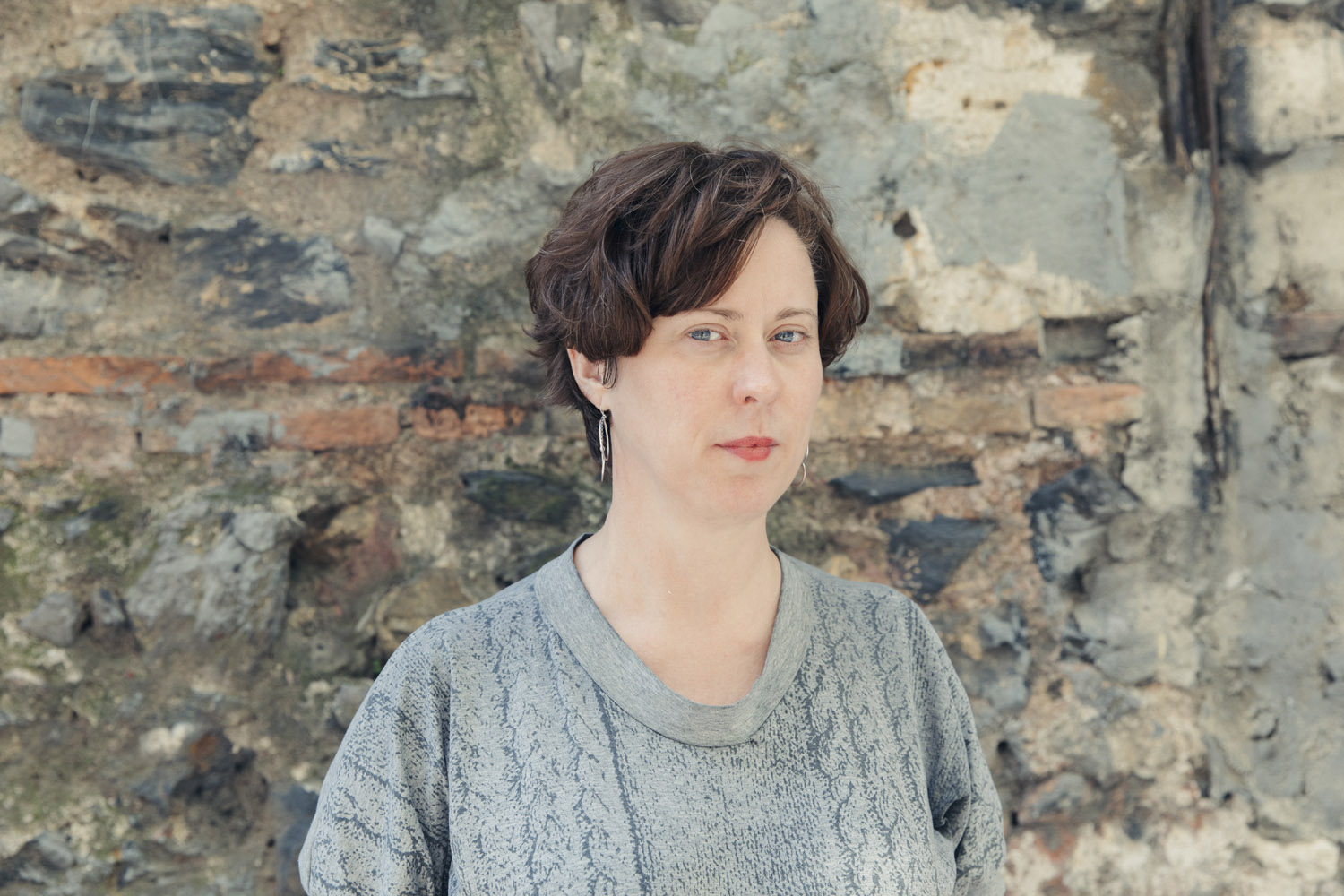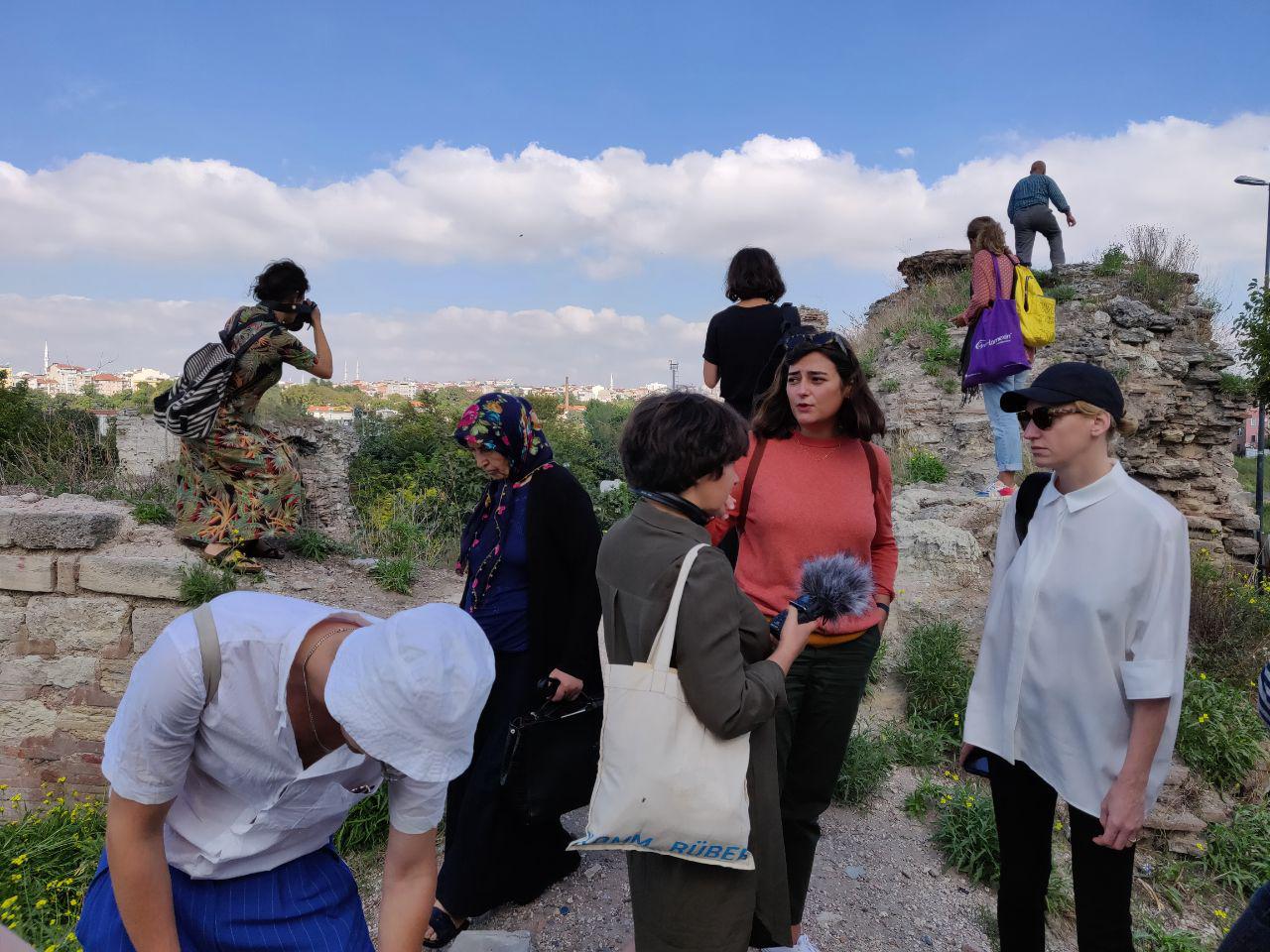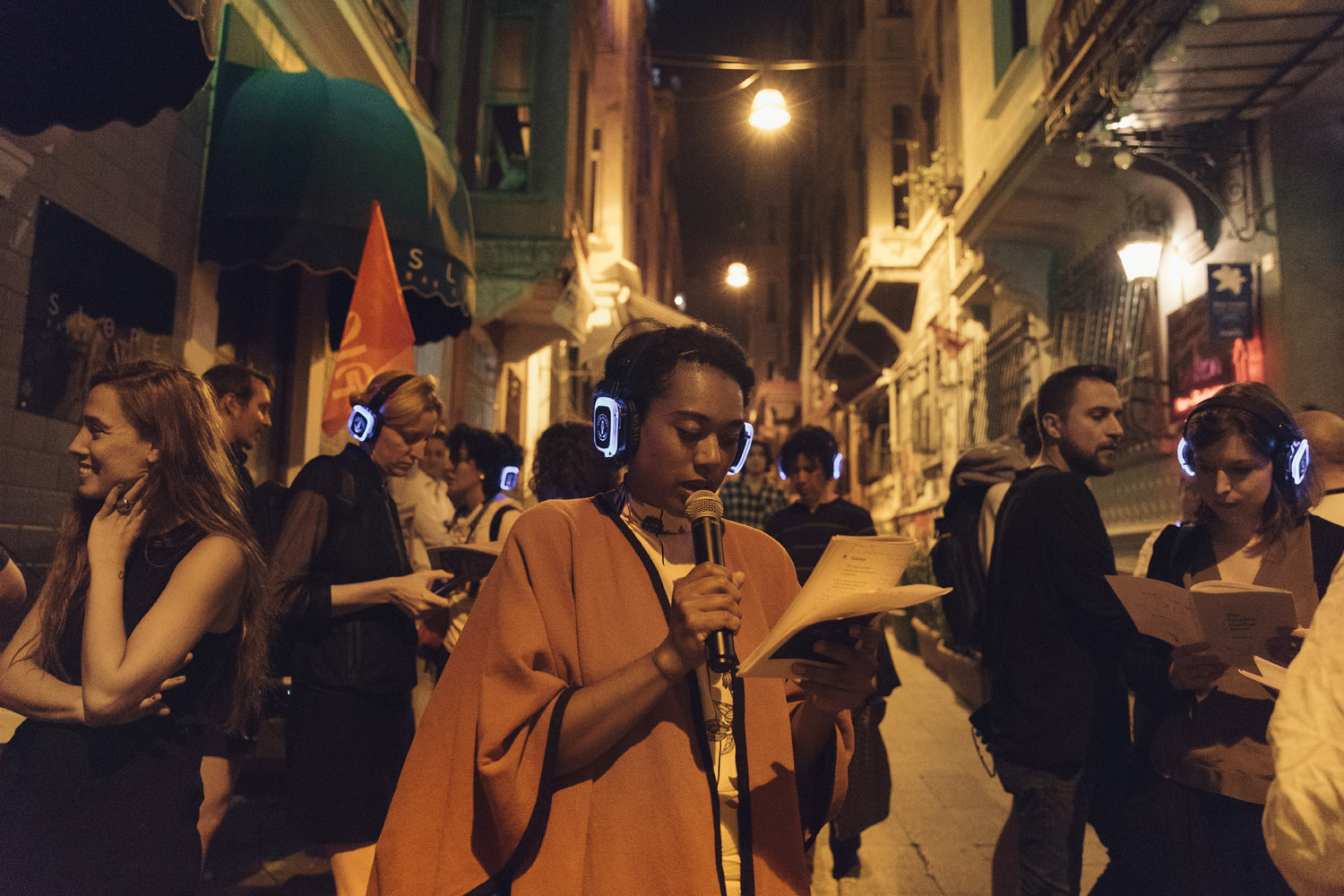Making the Ordinary Visible: Interview with Yasar Adanali
Yaşar Adanalı defines his work over the past decade as being that of a “part time academic researcher and part time activist”. He is one of the founders of the Center for Spatial Justice in Istanbul, an urban institute that focuses on issues of spatial justice in Istanbul and beyond. In this interview, he reflects upon “continuance” as a tool of engagement, the power of attending to the ordinary within the production of space, and the different types of public that this works seeks to address.
What led to the founding of the Center for Spatial for Justice and how does its work relate to the worlds of academia, activism and urbanism?
I’m interested in questions regarding spatial production in general and more specifically justice – the injustices that derive from spatial processes or the spatial aspect of social injustices. The Center for Spatial Justice takes the acronym MAD in Turkish – a MAD organisation against mad projects, that’s our founding moto. We bring together people from different disciplines such as architects, urban planners, artists, journalists, filmmakers, lawyers and geographers to produce work in relation to what’s going here: grassroots struggles in the city and in the countryside. The Center for Spatial Justice believes in the interconnectedness of urban and rural processes.
As educator and an activist, you work both within and outside an institutional setting. Have you been able to take the latter experience back into the academy and if so, what in particular? How do these two roles inform each other?
Since 2014 I have been teaching a masters design studio at TU Darmstadt. It’s a participatory planning course that both follows and supports a cooperative housing project in Düzce, Turkey, produced for and by the tenants who were badly affected by the 1999 earthquake. Over the course of the past five years, the master students have been developing a 4000 sq m housing project from scratch. The students from Darmstadt come to Istanbul as interns, working partly on the project. The result is a long-lasting relationship with the neighbourhoods in question and with the organisations we have been working with.
Apart from that, through MAD and Beyond Istanbul we develop summer and winter schools – non-academic experiences that similarly bridge the gap between the alternative universe and the mainstream universe. When you start to put critical questions into the minds of the students, these linger and they then take them back to the university, so their friends and professors also become exposed to that. We prefer to develop this approach outside of the university so that we are freed from bureaucracy and rigid structures but we keep it open to enrolled students and professors.
What are some particular strategies and methodologies that you adopt to engender this approach to urban practice? How do you involve local residents, for example?
That building of long-term relationships with communities is why we do a lot of walking. Our research questions are informed by the community and the site we arrive at – we do not predetermine hypotheses in advance. We remain in direct contact with different groups in the city and walk through these territories – with the neighbourhood association – not just once but every week. We listen to a lot of stories and record them. Oral histories are an important part of the ethnographic enquiry.
We also use mapping, a tool commonly used to exert power but that nature can be reversed. Through mapping we reclaim territories that have perhaps been “erased” – that is, transformed by injustice. We also map informal areas and then give those maps to the communities there because the way they appear on official plans often doesn’t reflect how things look on the ground. What looks like a carpark in the plan might be someone’s house; what’s represented as a commercial development might currently be a neighbourhood park or some other form of already existing social infrastructure.
In addition, we try to embed journalistic means within our academic interests, which is why we work with documentary journalists and photographers on each of our projects. We broadcast spatial justice news videos, in depth films that offer 8-10 minutes of reporting on a particular issue, giving it context and also pointing towards possible solutions. Solution journalism, which doesn’t just focus on crisis, is very important in the work we do.
As part of its work making spatial injustices visible, MAD publishes a wide range of materials. Which are the publics you try to communicate with through this?
Research has to be coupled with a conscious effort to communicate because you want to make change. We don’t want to make research for the sake of research or produce publications for the sake of publishing. We want to create those publics you allude to – and to influence them. We are addressing people involved in the discipline in its broadest sense: planners, architects, sociologists, activists, but perhaps most especially students who are interested in spatial issues, urban questions and environmental concerns. They are our main target. We want them to understand that their discipline has much more potential than what they are learning at university. I’m not saying the entire education system is wrong but there is much larger perspective beyond it and great potential for collaboration with other disciplines and engagement with different publics as well.
Another important public is the one directly involved with our work, i.e. the community that is being threatened by renewal projects. These groups are not only our public but also our patrons – we are obliged to be at their service and offer technical support, whether that’s recording a meeting with the mayor or analysing a plan together. Then there is the larger audience of broader society, who we hope to encourage to think of and engage with these issues of inequality and spatial justice.
I found an interesting quote on your webpage that says that the founding of MAD “is an invitation to understand the ordinary in an extraordinary global city context”. Can you talk a little about the urban context of Istanbul, Turkey and why the focus on the ordinary?
Everything about Istanbul is extraordinary: transformation, speed, scale. We are interested in making the ordinary visible because when we focus so much on the mega-projects, on the idea of the global city, then the rest of the city is made invisible. We look beyond the city centre – the façade – and beyond the mainstream, dominant discourse. This “ordinary” is the neighbourhood, nature and that which lies beyond the spectacle – other Turkish cities, for example. This approach can entail initiatives that range from historical urban gardening practices, working with informal neighbourhoods subject to eviction and relocation processes, or rural communities on the very eastern border currently threatened by new mine projects.
More specifically, today we live in an extraordinary state. The public arena is in a deep crisis and the democratic institutions and their processes do not really deserve our direct involvement right now. Having said that, there are different pockets within these systems, municipal authorities that operate differently, for example, and when we find these we work with them, but we remain realistic with regards to our limits. The “now” in Turkey has been lost in the sense that its relevance is not linked to the future beyond or to the next generation. That is a deep loss. But if you have the vision and the production means, if you set up a strong system, build the capacity first of yourself and then of the groups your work with, then when the right moment comes, all of these elements will flourish.
Yaşar Adnan Adanalı is a Istanbul-based urbanist, researcher and activist that led Making Futures participants through the city on a tour entitled“De-politicization and Commercialization of the Downtown in Times of Crisis”. He is also co-founder of the Center for Spatial Justice in Istanbul, who hosted us for a work session on the topic of engaged education during our mobile workshop in Istanbul.




